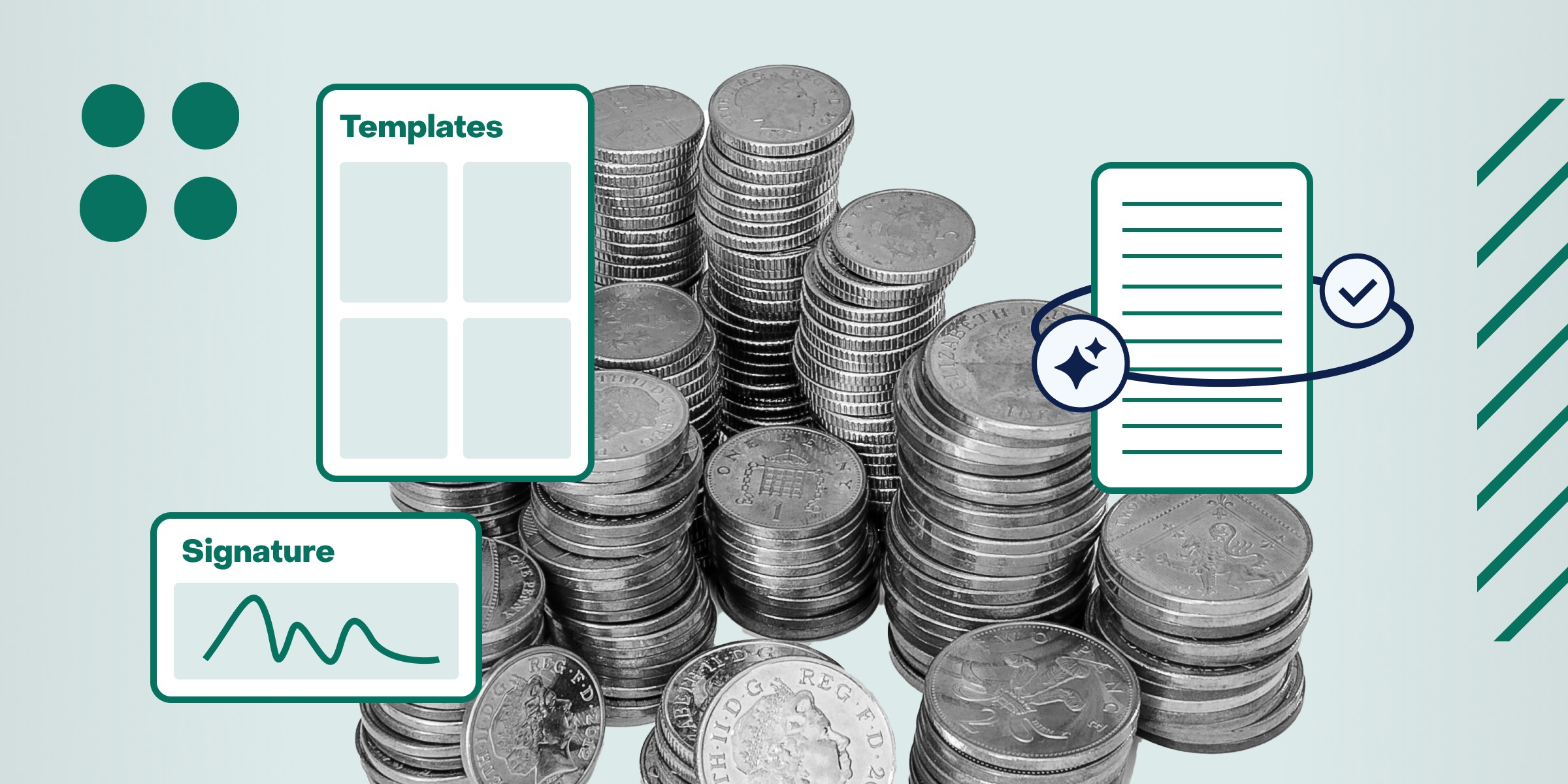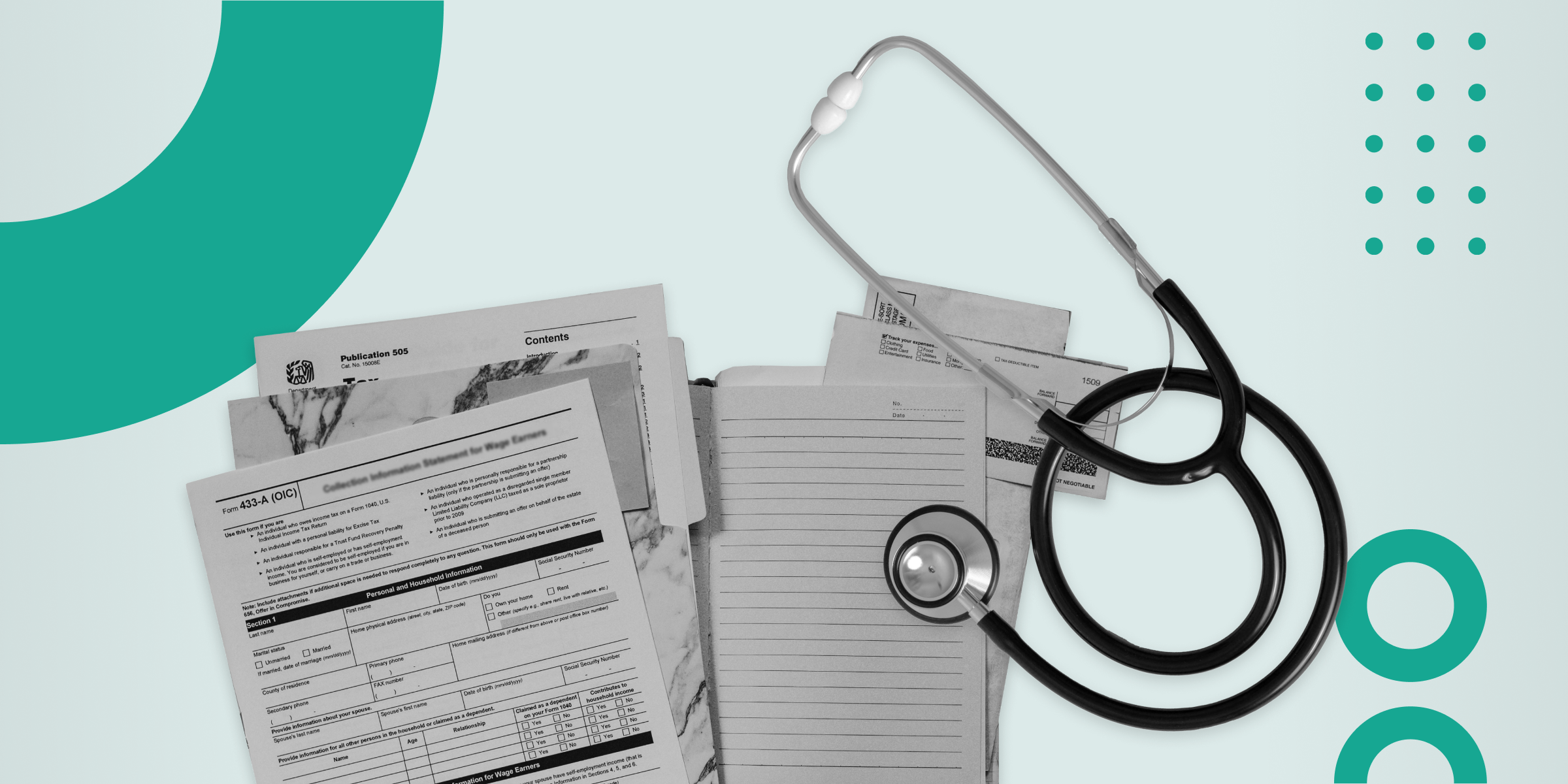How to Create Data-Driven, Compliant Personal Financial Statements (Without IT)

Personal financial statements are challenging documents to design and produce. They are filled with variability which means the statement template design must accommodate all variations and combinations. Nearly all the content on a financial statement varies including the number of detail lines, page counts, types of account and transactions, graphs, ads, and more. Regulatory environments and privacy concerns associated with sensitive financial documents make statement template design even more critical. It requires careful planning, analysis and periodic updates.
To stay compliant with ever-changing industry regulations and branding and internal rules updates, business users are often required to ask support from their IT department to do even minor modifications to personal financial statement templates. As programmers are always engaged in high-priority technology projects – such as customer data protection or fraud detection – turnaround time for template update requests is long. The risk of using a statement template that reflects an old branding, includes obsolete terms and conditions, or incorporates inaccurate data increases. These errors can be embarrassing, damaging even, for financial institutions.
Modern template design solutions help reduce the risk by providing user-friendly features and easy-to-configure business rules that empower business users to create sophisticated, professional and data-driven statement templates, while honoring bank policies and regulatory rules and improving customer experience.
Keeping Statement Templates Current – Without IT
An add-in to the familiar Microsoft Word application, Experlogix Document Automation Template Builder lets you easily create personal financial statement templates that combine both regulatory wording and variable data pulled from your connected enterprise system. Corporate legal and regulatory experts review and approve standard text in advance. Experlogix Document Automation-designed statement templates automatically access the approved, official content from a single central location, and consistently use it in all relevant documents. With this method the chance of accidentally including an old, non-compliant version is eliminated.
Business users can also dynamically merge up-to-date customer information – name, address, account numbers, etc. – into financial statements by connecting to centralized data sources as part of the template creation process. This is also useful for including official logos, design elements or signatures. Making these items dynamic instead of “hard-coding” them ensures personal financial statements generated from a template will always feature the most current and compliant information. Financial institutions benefit greatly when changes in customer accounts, executive personnel and branding force modifications to their documents. Centralized data sources accessed by templates enable employees to update the records just once. This practice eliminates the need to locate and update individual documents, increasing efficiencies and improving document accuracy.
Sophisticated Features Add Value
Making personal financial statements look professional is easy with Template Builder. The solution offers embedded tables to control the display of variable data when the number of instances is unknown. For example, each account transaction generates one detail line on the statement. You know a dormant account may have zero transaction but an active account could have many. The financial statement must show all the transactions, regardless of how many lines must be generated. Tables defined using Experlogix Document Automation Template Builder handle this tricky aspect of document design, even flowing transactions to additional pages when necessary – without messing up the following document sections.
Financial statements must include complex calculations showing transaction activities in different types of account. To easily configure mathematical functions, you can leverage the step-by-step wizard in Template Builder. The commands built into statement templates insert in a table corresponding amounts for deposits, withdraws and interests, and calculate a total or other amounts depending on transactions. Capabilities within Experlogix Document Automation’s Template Builder also allow you to interpret variable or calculated data and display the information in bar charts, circle graphs, pie charts, etc., which are highly effective at drawing attention to important facts. Colorful graphs stand out and can deliver outstanding results when employed to encourage customers to take an action such as applying for a bill consolidation loan or increasing contributions to a retirement account.
Additionally, personal financial statements can display data-driven marketing content, known as transpromo messages. Customer personal and account information compiled by financial institutions can be used in statement templates created with Template Builder to include highly personalized, relevant marketing or informational content. Premier account statements may incorporate a promotional message about free ATM access, while documents for regular accounts could contain incentives to use the bank’s online bill-paying service, for instance. Highly personalized, relevant content leveraging accurate customer data can improve response rates, build trust and increase service upsell.
To learn more about Experlogix Document Automation solutions, visit our Products section, request a free 30-day trial and follow us on social media.


